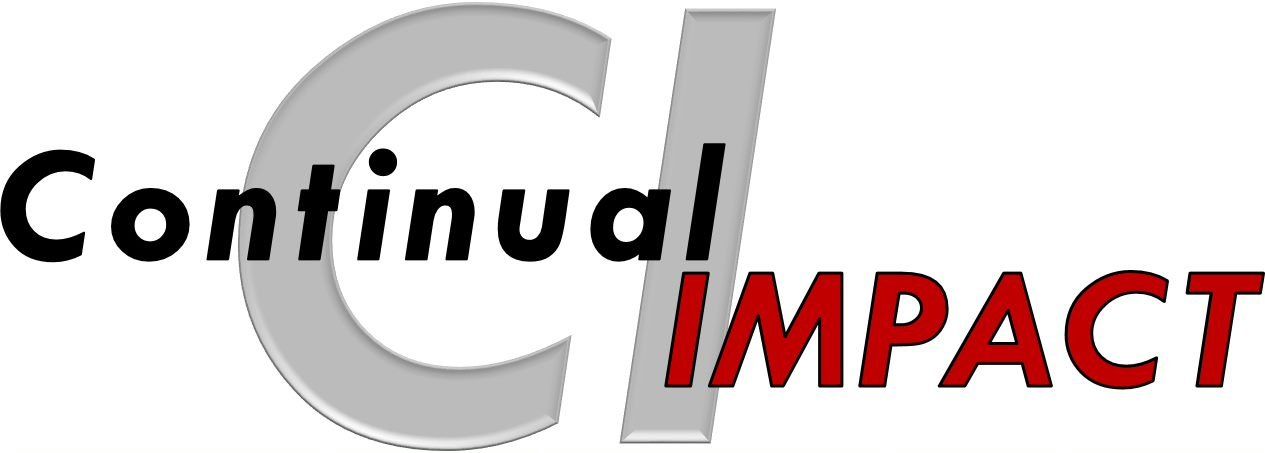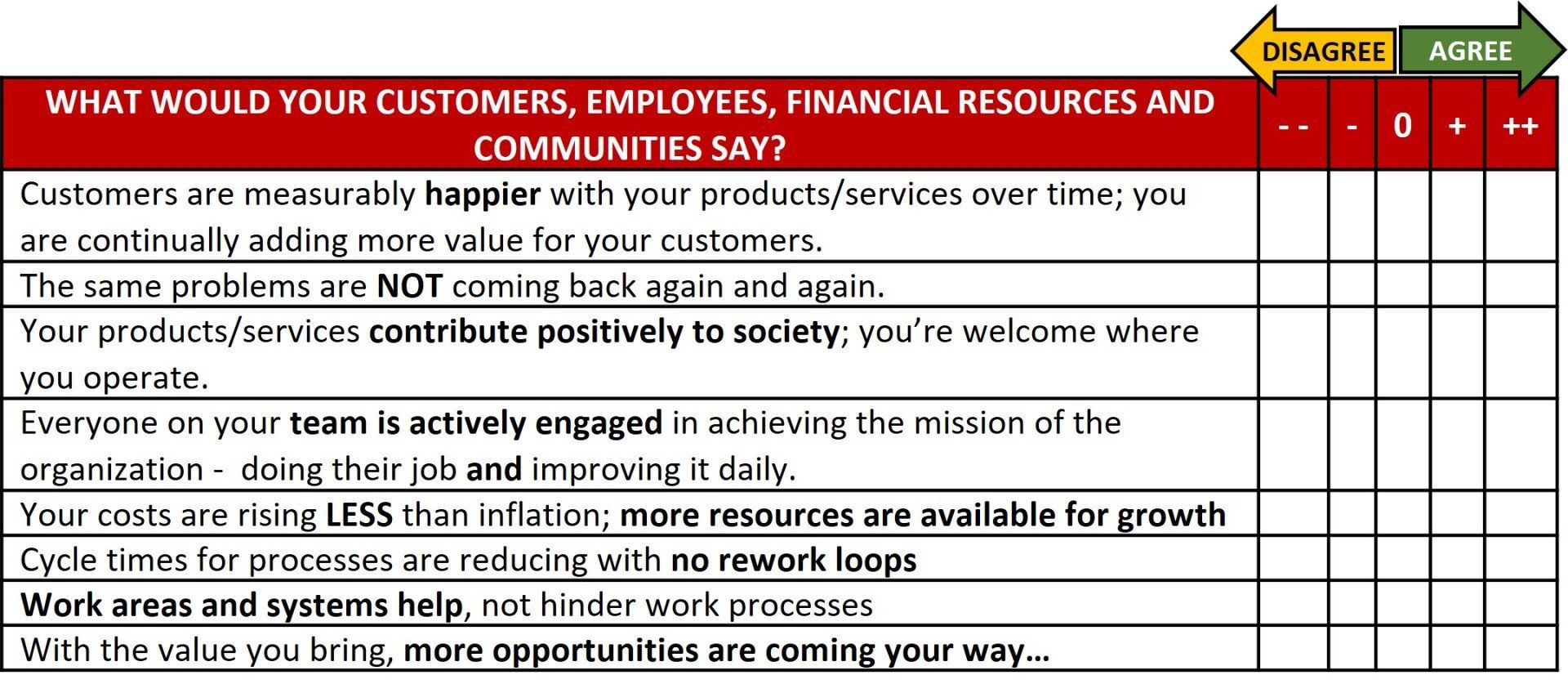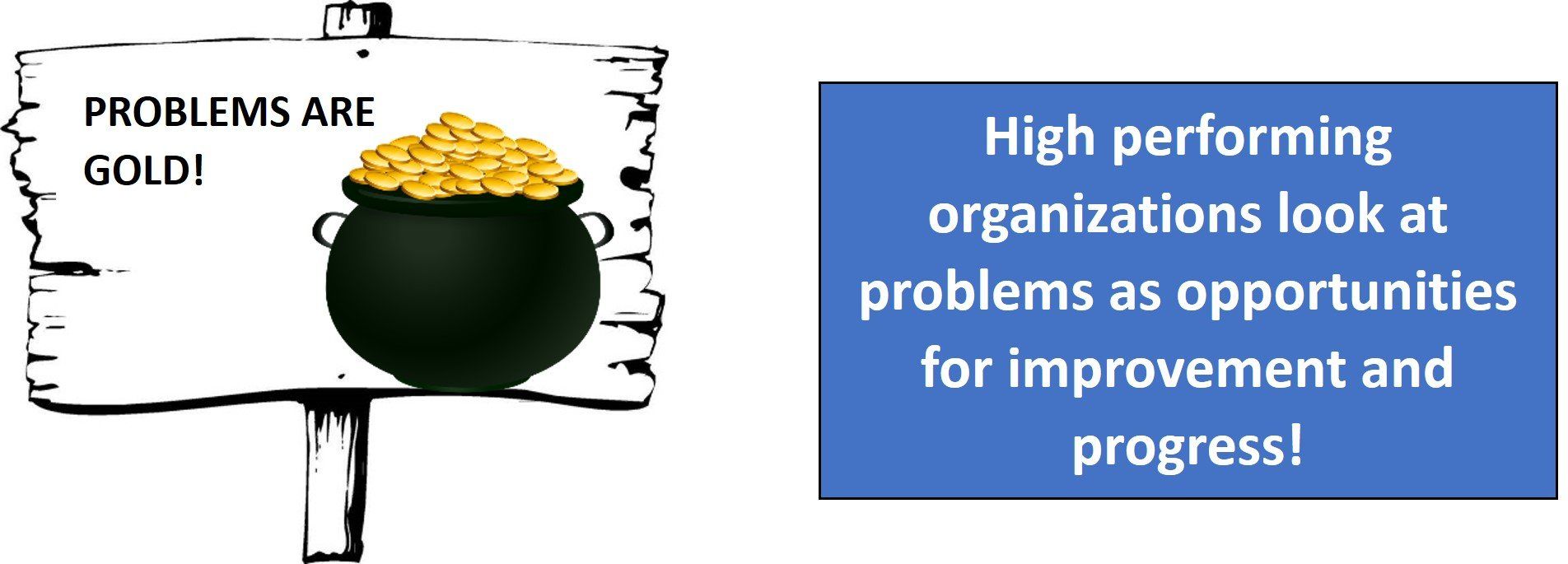The What and Why of Continuous Improvement
The Why and What of Continual Improvement
This is where the need for and importance of continual improvement starts (the “Why” should anyone care) –
with closing the gaps between where you are right now and the Vision you have for your stakeholders.
So, what is continual improvement? It is the quest to increase the rate of improvement and benefits in an organization, beyond historical norms and perhaps beyond what is thought possible, to the benefit of your customers, your teams, funders, and society. And, it’s primary way of achieving its goal is by unlocking the limitless capacity of an organization’s most valued resource – its people.
Many people have heard of or tried a form of continual improvement- quality, lean, six sigma, or other strategies and have achieved some success. There are differences however in these popularized approaches in their purpose, application and content. They are often described and applied differently (and incorrectly) as “a toolkit”, “only for manufacturing”, or “all about cost-cutting”.
When we use the term “continual improvement”, we refer to an integrated model that uses the best of the best of what was learned from the past. It is largely based on 1) the Quality Model and the excellent work of W Edwards Deming who brought us an understanding of the role of leadership in high performing cultures and the use of data to solve problems and 2) the Lean Model, contributed to by many (see “Lean Thinking”, Womack and Jones), which brought us an increased focus on adding value for customers, eliminating waste in our work processes and a host of practical methods to do both and improve performance.
So, how can continual improvement help you and your organization start to close those gaps? Let’s try capturing its purpose and approach in a goal statement…
THE GOAL OF CONTINUAL IMPROVEMENT
TO: Help organizations improve at a rate greater than historical norms and perhaps even more than thought possible.
FOR: Creating benefits inclusively for customers, team members, society and the shareholders or funding sources. This model is about achieving a win–win–win–win for all stakeholders (no win for one and penalize the others in this model).
BY: (HOW)
- Understanding and adding true value to an organizations’ customers and solving their problems
- Relentlessly seeking and driving out waste throughout all of the organization’s work processes to make them more efficient.
- Engaging the most valuable resource of an organization- its People; unlocking their creativity and giving them the opportunity, skills, and support to solve the organizations’ challenges.
- Leadership that supports them with the system, structure and expectations required for success
- Providing Focus on the critical areas of improvement
- Continually Learning from inside and outside the organization and from improvement efforts
- Using reliable, data and information based Methods to understand and solve problems
- Installing and operationalizing the improvements with reliable standardized work, training and feedback systems
SO THAT: (BENEFITS) Sustainable success for the organization is created and all stakeholders prosper.
MEASURES:
• Customers’ short and long-term success and satisfaction
• All organization members engagement in organization improvements, increased personal achievement and improved quality of work life
• Improved organization financial performance
• Supplier relationships that create a win-win and help them improve
• Communities thriving and with more career opportunities as a result of the organizations’ operations
A CONDITIONS: Leaders with an organizational Vision, a passion for learning and excellence, and a belief in people



